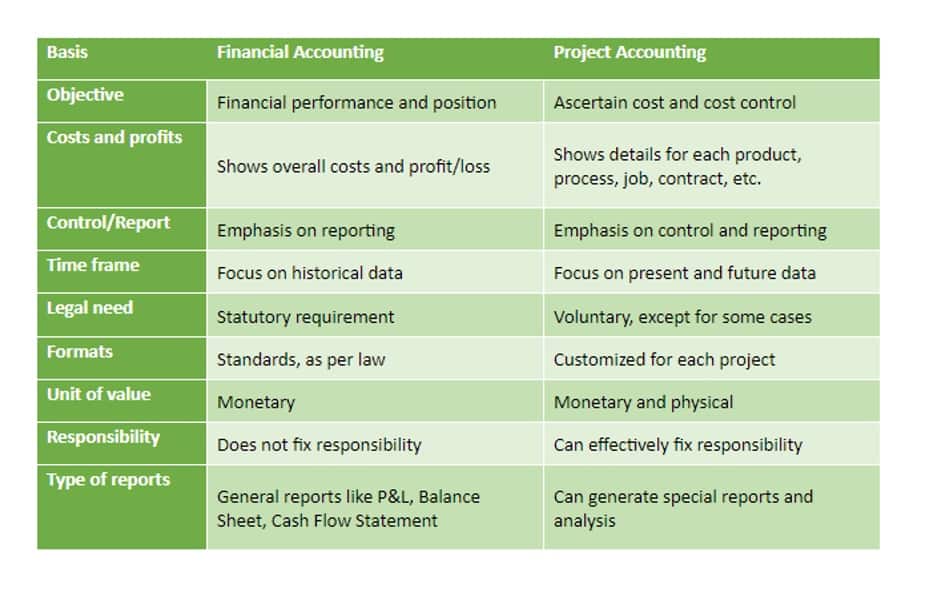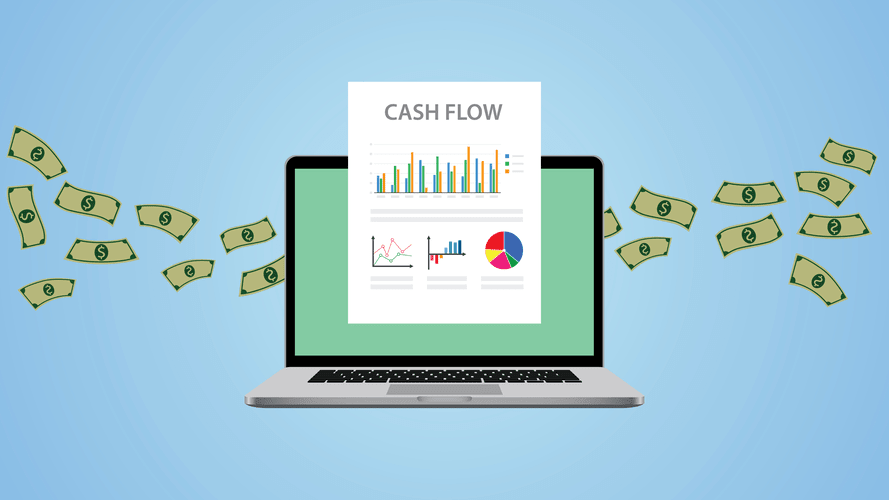
Line 24 is simply the difference between the two, although it matches precisely line 8a of Schedule M-2. WCI doesn’t own any buildings (although it does rent out our home 14 days a year-one of my favorite tax deductions), but maybe someday. Ideally, you want to expense (i.e. take a full deduction for) everything in the year you buy it, but there are some items you can’t do that with and must depreciate. Lines 4, 5, and 6 are for any investments like treasury bonds, municipal bonds, or stocks that the corporation holds. WCI doesn’t own any investments that would need to be reported on these lines.
Repayment Terms and Conditions
On February 1, 2019, the company must charge the remaining balance of discount on notes payable to expense by making the following journal entry. It must charge the discount of two months to expense by making the following adjusting entry on December 31, 2018. The note payable issued on November 1, 2018 matures on February 1, 2019.
5.1 Centralized cash management functions

Among these, “Notes Payable” is a fundamental term that online bookkeeping you’ll encounter quite often. It’s vital to understand what it means and how it’s applied in real-world business scenarios. In this section, we’ll delve deep into understanding the nitty-gritty of Notes Payable. Interest expense will need to be entered and paid each quarter for the life of the note, which is two years. After borrowing $15,000 and accruing interest of $600 over 6 months, and having already repaid $4,000, XYZ Company still owes $11,600 as Notes Payable.

What Are Notes Payable in Accounting?

This means that during the next 12 months, the company will be required to repay $36,000 ($3,000 x 12 months) of the loan’s principal. The remaining principal of $202,000 ($238,000 minus $36,000) is reported as a long-term (or noncurrent) liability since this amount will not be due within one year of the balance sheet date. Short-term Notes Payable have a repayment period of one year or less. This means that they fall under current liabilities on a balance sheet. If a longer-term note payable has a short-term component, the exact amount due in the next year must be stated separately as a current liability. The note payable is a written promissory note in which the maker of the note makes an unconditional promise to pay a certain amount of money after a certain predetermined period of time or on demand.

Practical Usage of Notes Payable in Business Accounting
- Adjusting entries are accounting journal entries that convert a company’s accounting records to the accrual basis of accounting.
- This requires the use of double-entry accounting, which means that every financial transaction must have an equal and opposite effect in at least two other different accounts.
- Notes payable are formal contracts with promissory notes detailing loan terms like principal, interest, and repayment schedules.
- To answer straightforwardly, Notes Payable are not an asset; rather, they are categorised as liabilities.
- Notes payable carry higher risk due to interest payments and potential collateral like equipment.
- These notes are part of the liabilities of the company, and, therefore, they appear on the balance sheet, not on the income statement.
This ratio is an indicator of a company’s ability to meet its current Insurance Accounting obligations. Some valuable items that cannot be measured and expressed in dollars include the company’s outstanding reputation, its customer base, the value of successful consumer brands, and its management team. As a result these items are not reported among the assets appearing on the balance sheet. Since our sample balance sheets focused on the stockholders’ equity section of a corporation, we want to discuss the comparable section for a business organized as a sole proprietorship.
- Unless the interest is paid up to date, the company will always owe some interest to the lender.
- It’s listed in the liabilities section of a company’s balance sheet, indicating the company’s obligation to repay borrowed funds along with interest in the future.
- These contracts are obligations for the parties involved and are classified as – single-payment, amortized, negative amortization, and interest-only types.
- A note payable serves as a record of a loan whenever a company borrows money from a bank, another financial institution, or an individual.
- However, in cases where the note payable is issued at a discounted rate, the discount is calculated and subtracted from the face value of the note to determine the cash received.
Interested in automating the way you get paid? GoCardless can help
It is possible for one or both of the accounts to have preliminary balances. Because Allowance for notes payable vs accounts payable Doubtful Accounts is a balance sheet account, its ending balance will carry forward to the next accounting year. Because Bad Debts Expense is an income statement account, its balance will not carry forward to the next year. Bad Debts Expense will start the next accounting year with a zero balance. So let’s say you sell off 20% of the corporation, giving the buyer stock in the company in exchange for cash.








